The Reasons Behind High and Low Blood Pressure
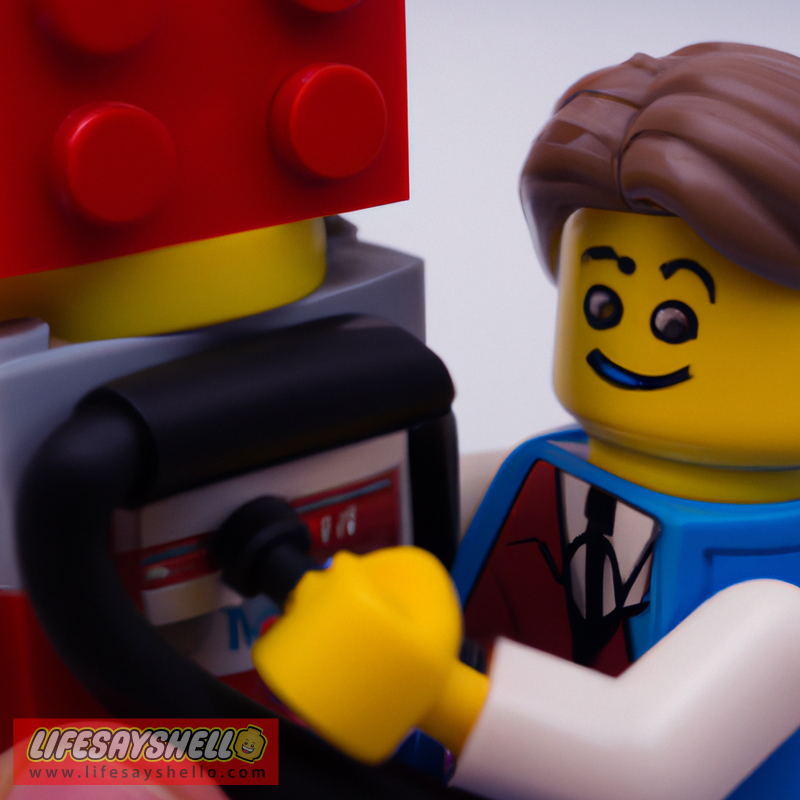
What if I told you there's a silent killer on the loose that affects 1 in 3 adults in the United States? This sneaky assassin often goes undetected, quietly damaging arteries and organs without triggering any obvious symptoms. I'm talking about high blood pressure, also known as hypertension.
On the flip side, low blood pressure, or hypotension, can also cause an array of unpleasant symptoms. Blood pressure issues, whether too high or too low, can negatively impact your health and quality of life if left untreated.
In this article, we'll dive into the causes, risk factors, and symptoms of high and low blood pressure. We'll also look at the reasons these conditions can occur and when you should see a doctor. Let's get started!
What Is Blood Pressure and What's Considered Normal?
Before we look at high and low blood pressure, let's quickly cover the basics. Blood pressure measures the force of blood pushing against the walls of your arteries and veins as your heart pumps. It's recorded as two numbers—systolic pressure (when the heart beats) over diastolic pressure (when the heart relaxes between beats).
For most healthy adults, normal blood pressure is less than 120 mmHg systolic and less than 80 mmHg diastolic. Elevated blood pressure ranges from 120-129 systolic and under 80 diastolic. High blood pressure Stage 1 is 130-139 systolic or 80-89 diastolic. Stage 2 is 140/90 or higher.
Low blood pressure is typically classified as 90/60 or below. As long as your blood pressure stays within a healthy range, it shouldn't cause problems. But when it's consistently too high or too low, it can start negatively affecting your health.
High Blood Pressure: The Silent Killer
High blood pressure, or hypertension, is a condition where the force of blood pushing against artery walls is consistently too high. Over time, this added pressure damages blood vessels and strains the heart, leading to problems like heart attack, stroke, and kidney failure.
There are two main types of high blood pressure:
Primary (Essential) Hypertension: This is the most common type affecting over 90% of people with high blood pressure. There's no identifiable cause—it tends to develop gradually over many years.
Secondary Hypertension: This type is caused by an underlying condition, like kidney disease, sleep apnea, thyroid issues, adrenal gland tumors, or certain medications. It appears suddenly and blood pressure is usually higher than primary hypertension.
High blood pressure is often called the "silent killer" because it rarely causes noticeable symptoms in the early stages. Many people don't find out they have it until they experience a heart attack, stroke, or other complication. Let's look at some subtle symptoms that may arise before it progresses that far.
Recognizing Symptoms of High Blood Pressure
- Headaches
- Blurred or double vision
- Nosebleeds
- Shortness of breath
- Dizziness
- Ringing in the ears
These symptoms may indicate dangerously high blood pressure levels. However, they are not specific to hypertension and can be caused by other conditions.
Most people with high blood pressure won't experience any symptoms at all, which makes regular blood pressure screenings critical. Don't wait until you have symptoms to get checked. High blood pressure causes gradual damage over time.
Who's at Risk of Developing High Blood Pressure?
There are several risk factors that can increase your chances of getting high blood pressure:
Age: The risk rises the older you get. Over half of American adults over age 60 have high blood pressure.
Weight: Being overweight or obese strains the heart and increases risk. Losing even 10 lbs can lower blood pressure.
Family history: Having a close relative with hypertension increases your risk. Genetics likely play a role.
Race: High blood pressure is especially common among African Americans. About 40% have it.
Chronic conditions: Kidney disease, diabetes, and metabolic syndrome all increase risk.
Unhealthy lifestyle: Eating too much sodium, drinking excess alcohol, smoking, and not exercising all drive up blood pressure.
Sleep apnea: Disordered breathing during sleep spikes blood pressure.
Stress: High levels of stress hormones constrict blood vessels and accelerate heart rate.
By recognizing risk factors like these, you can take steps to prevent high blood pressure through lifestyle changes and regular screening.
Low Blood Pressure: When Low Numbers Cause Big Problems
Now let's look at the opposite end of the blood pressure spectrum—low blood pressure (hypotension). While most people assume lower is better, blood pressure that's too low can cause unpleasant symptoms and indicate an underlying problem.
In healthy people, low blood pressure may only cause bothersome symptoms. But for some, it can be life-threatening depending on the cause. Let's look at some telltale signs of low blood pressure.
Recognizing Symptoms of Low Blood Pressure
- Lightheadedness
- Dizziness
- Fainting or passing out
- Blurred or distorted vision
- Nausea
- Fatigue
- Palpitations
- Confusion
- Cold, clammy skin
Experiencing these symptoms after standing up quickly is normal. But if they persist for more than a few minutes or happen frequently, it could signal hypotension.
What Causes Low Blood Pressure?
There are many possible causes of low blood pressure, including:
Dehydration: When you lose more fluids than you take in, it reduces blood volume. Even mild dehydration can cause blood pressure to drop.
Pregnancy: Blood pressure typically falls during the second trimester, then returns to normal after birth.
Heart problems: Issues like heart failure, heart valve abnormalities, heart attack, or heart arrhythmias can impair the heart's ability to pump blood effectively.
Endocrine problems: Thyroid disorders, adrenal insufficiency, low blood sugar, and nutritional deficiencies can trigger low blood pressure.
Severe infection: Also called septic shock, infections from sepsis, anaphylaxis, or severe allergic reactions can cause severely low blood pressure that can be fatal.
Blood loss: Losing a lot of blood from injury, surgery, or internal bleeding reduces blood volume, lowering pressure.
Medications: Drugs like diuretics, beta-blockers, ace inhibitors, antidepressants, and nitrates can cause blood pressure to drop too low.
Aging: Systolic pressure tends to fall steadily after middle age, while diastolic pressure remains about the same or rises slightly.
Neurally mediated hypotension: This disorder causes blood pressure to drop suddenly from standing due to abnormal reflexes in the nervous system.
Low blood pressure can have many causes, ranging from simple dehydration to serious underlying conditions. Pay attention to symptoms and discuss any concerns with your doctor.
When to See a Doctor About Blood Pressure
If you experience any symptoms of high blood pressure like severe headaches, vision changes, or shortness of breath—see your doctor promptly. Extremely high levels can be a medical emergency.
Likewise, if you have symptoms of low blood pressure like dizziness, fainting, or rapid heart rate that persist or recur, seek medical advice to determine the cause.
But even without symptoms, regular blood pressure screenings are critical:
Get checked at least once a year if blood pressure is normal. If you have risk factors like obesity or family history, your doctor may recommend more frequent monitoring.
If you have elevated blood pressure between 120-129/under 80, your doctor will likely want to recheck it every 1 to 6 months. Lifestyle changes can help bring it down.
If you are diagnosed with high blood pressure, you'll need continued follow-ups and possibly medication to control it. Don't skip appointments even if you feel fine.
Those with low blood pressure may need additional testing to pinpoint the cause and rule out serious conditions.
The bottom line? Don't ignore high or low numbers. Work with your doctor to keep your blood pressure in a healthy range. Consistent monitoring, along with medication if prescribed, can help prevent the complications of uncontrolled hypertension or hypotension.
Take Control of Your Heart Health
The forces behind high and low blood pressure are complicated. Even when we live healthy lifestyles, genetics, chronic conditions, and age can impact our risk. But understanding the causes and symptoms allows us to take action.
Get your blood pressure checked regularly and talk to your doctor if you have any concerns. Make heart-healthy choices like managing weight, reducing sodium, exercising, and avoiding smoking.
Lastly, listen to your body. Recognizing symptoms like dizziness, headaches, and blurred vision can lead to earlier diagnosis and treatment of high or low blood pressure.
Your heart is for life. Take care of it through all the ups and downs of blood pressure!
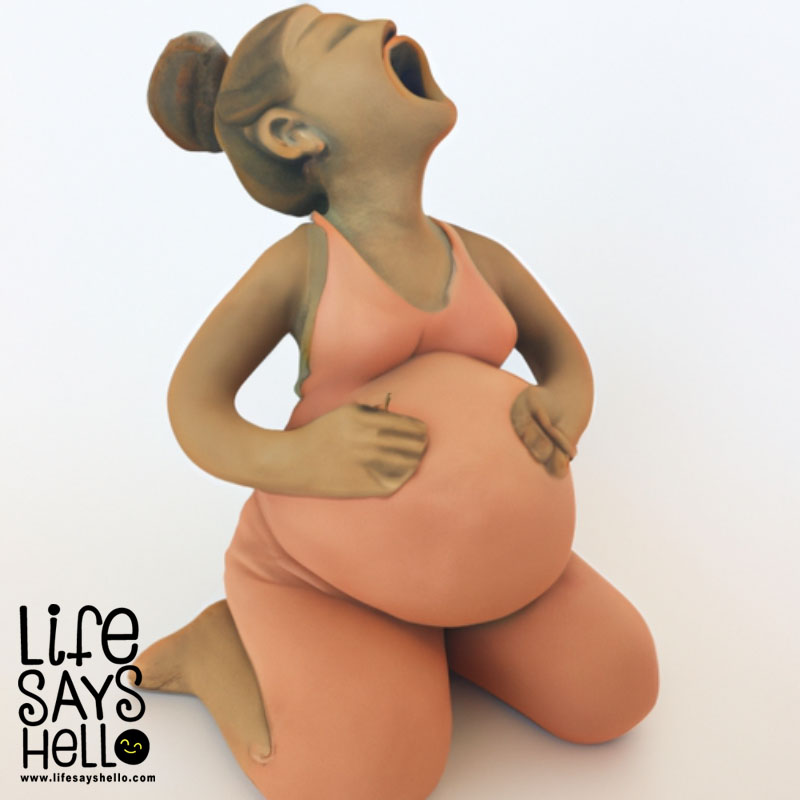
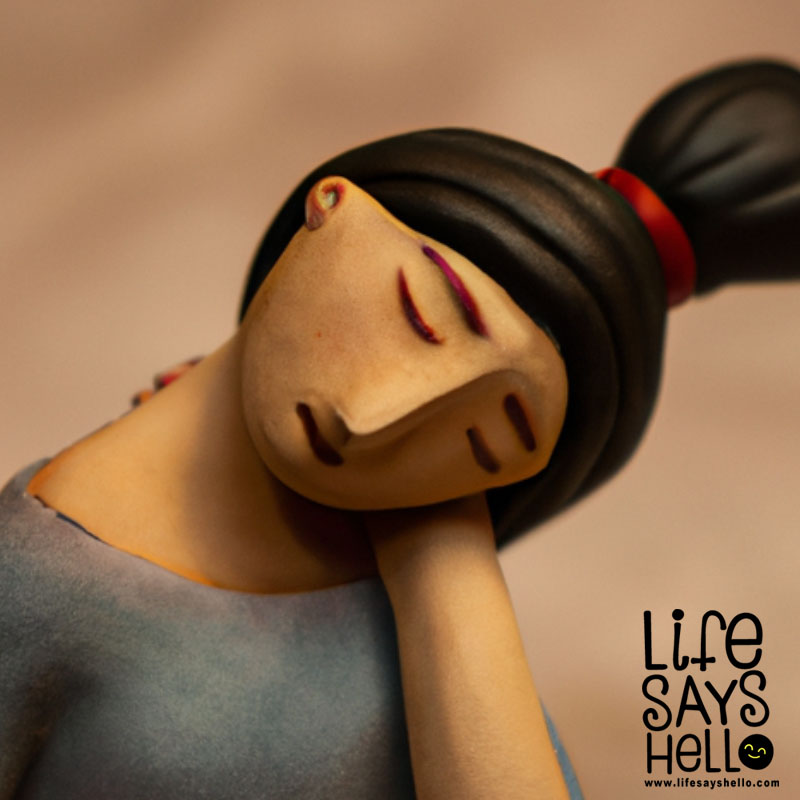
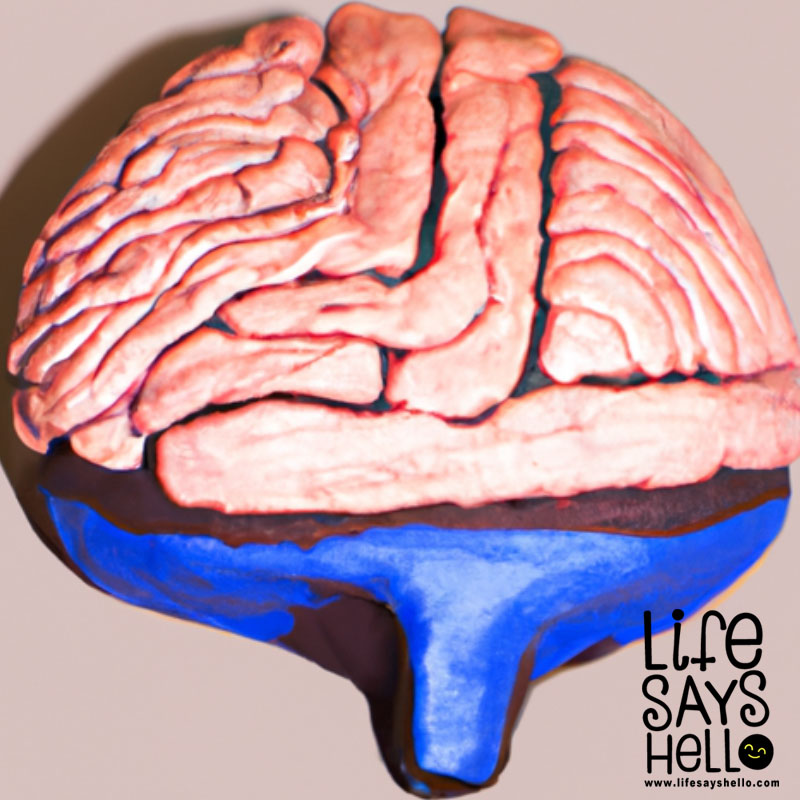
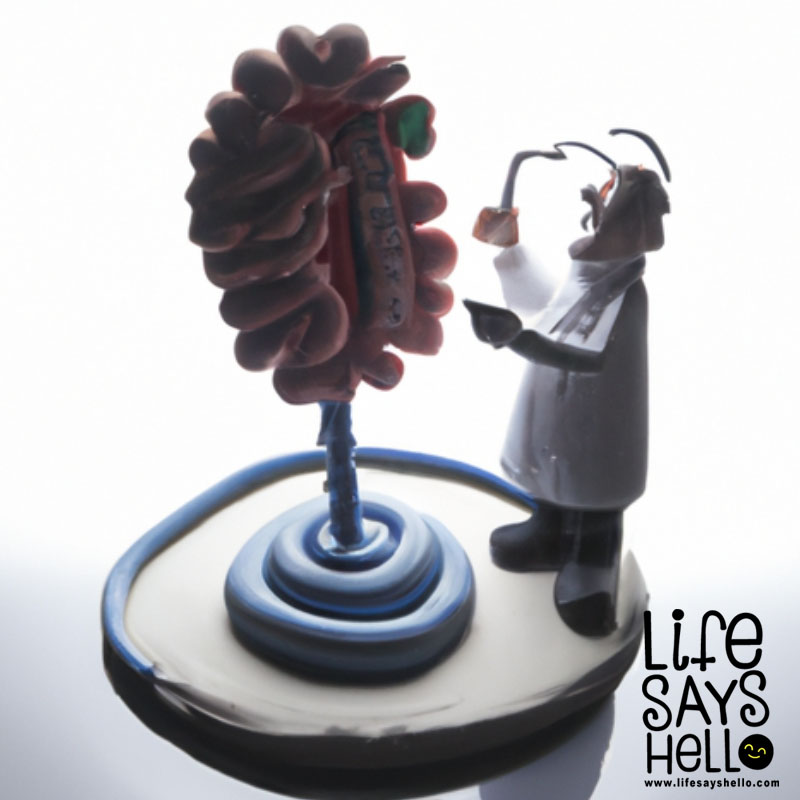
Comments